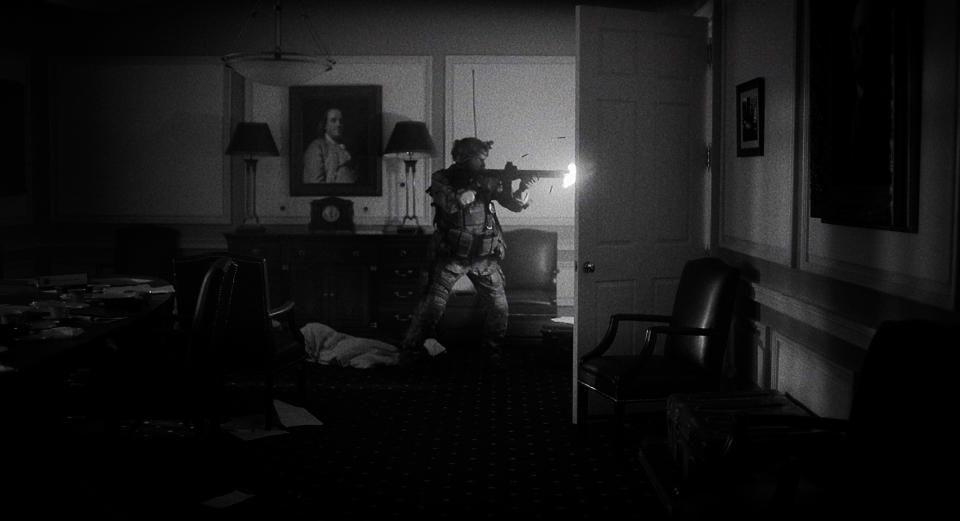‘Civil War’ Cranks Up the Sound for Its Climactic DC Sequence

When “Civil War” director Alex Garland first met with sound editor Glenn Freemantle (the Oscar-winning “Gravity”) to discuss his nightmarish vision of the combat zones, he emphasized that the secret was conveying the reality of the loud, chaotic gunfire and explosions within each environment.
Freemantle, though, saved the best for last: the distinctive sound of gunfire hitting concrete and metal during the climactic storming of the nation’s capital by the Western rebel forces.
More from IndieWire
“That particular battle [shot in an Atlanta car lot] is pretty intense because it’s hitting everything, and there’s no mercy in it,” Freemantle told IndieWire. “The thing that occurred to me was the acoustics would be very unique. You’re in the streets there with all these [blockades]. And it’s all metal and concrete, and you’ve got tanks, machine guns, [grenade] launchers, helicopter guns, other guns from distances, and you have it all around you.” Not to mention SUVs crashing into Humvees and guns firing at metal bodies and glass windows with different sounds and ferocity.
Freemantle likened the sequencing of the sound design for “Civil War” to a cooking show, where you’ve got a lot of ingredients that you can mix up. Everything was created by the sound team. “And the fantastic bit was we knew we weren’t going to be fighting any music [scored by Geoff Barrow and Ben Salisbury],” he added. That meant wall-to-wall combat sounds for the entire third act.
To get the right acoustics, the sound team spent a weekend at Pinewood Studios outside of London shooting off M16s. “It was a scientific experiment to find out what the sounds were coming off the buildings,” Freemantle said. “We wanted to hear the gunshots themselves but also the delays. So the idea was the noise would be coming at you, but it would be like the concussive thing hitting you in the theater.”

Meanwhile, the White House siege (shot at Tyler Perry’s three-story White House set replica at his Atlanta studio) contained a very different soundscape for the gun blasts in massive wooden hallways and rooms with lots of wood furnishings. “It was focusing on their journey through the house,” Freemantle added. “It was like trying to find the sound of a ruin, and all the rooms have different acoustics. It’s not as dynamic as it was outside, so it’s a lot more muted, which is [good] because it’s such a great contrast from what we just left.”
In terms of the third act sound mixes for Atmos and IMAX, it was a great advantage not having to share space with the score. “You’re sitting in the middle of the room, and you’re trying to create these delays,” said Freemantle. “You try this, you try that, but you’re finding what you’ve got in your head. And I always say that your ear and your heart are going to tell you.
“And we took it further than we had because when you’re doing a big end to it like that, at some point, you’re not sure if you’re going to make the right decision or not,” he continued. “How can you? I’m a believer that you leave it a bit, come back, listen, and then you break it. Then you look at each other, and you say you’ve gone one step too far. And when you get it and you know you’ve done it, you get excited.”
Best of IndieWire
The 28 Best True Crime Shows Streaming Now, from 'Under the Bridge' to 'The Vow'
The 10 Best Doppelganger Films, from 'Dead Ringers' to 'Vertigo'
The Best Cannibal Films of All Time: 'Silence of the Lambs,' 'Raw,' and More
Sign up for Indiewire's Newsletter. For the latest news, follow us on Facebook, Twitter, and Instagram.
